Rapid printing of 3D objects is achieved using a new approach: Solution Mask Liquid Lithography (SMaLL).
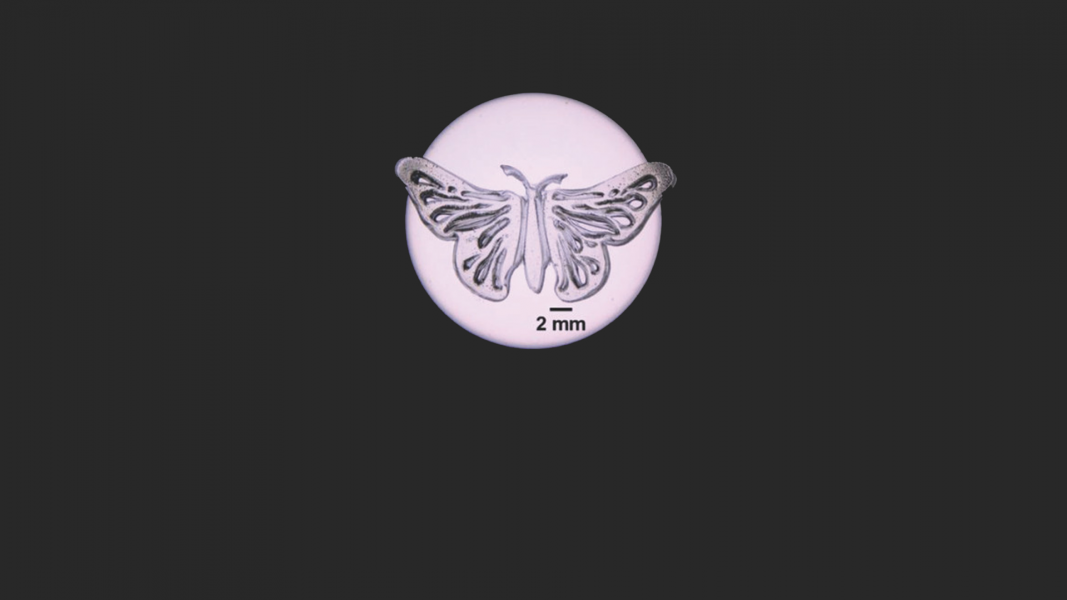

Rapid printing of 3D objects is achieved using a new approach: Solution Mask Liquid Lithography (SMaLL).
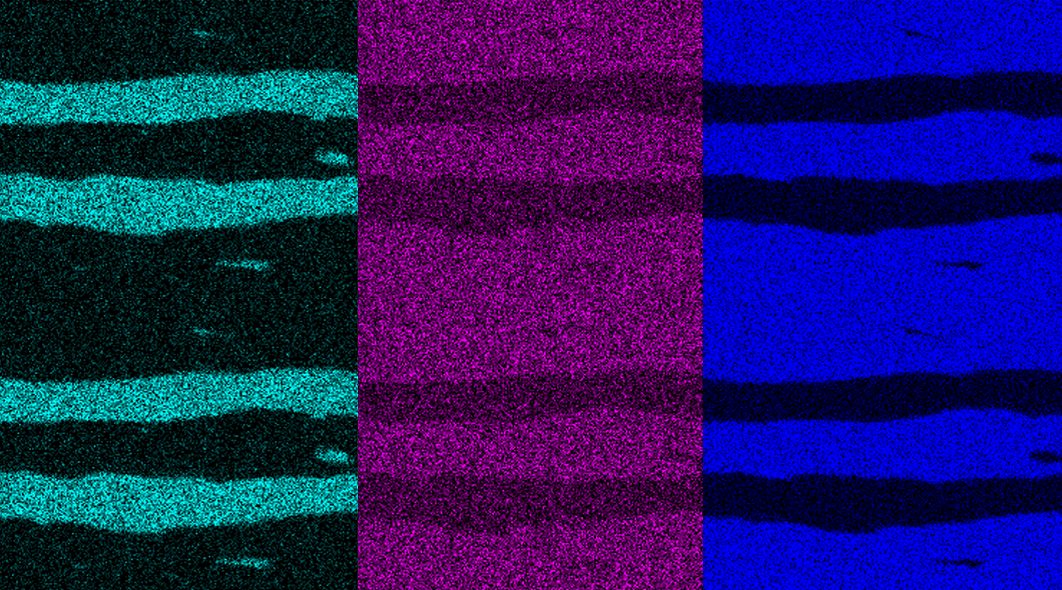
Complicated bulk multicomponent nanostructures with more than two components are fabricated.
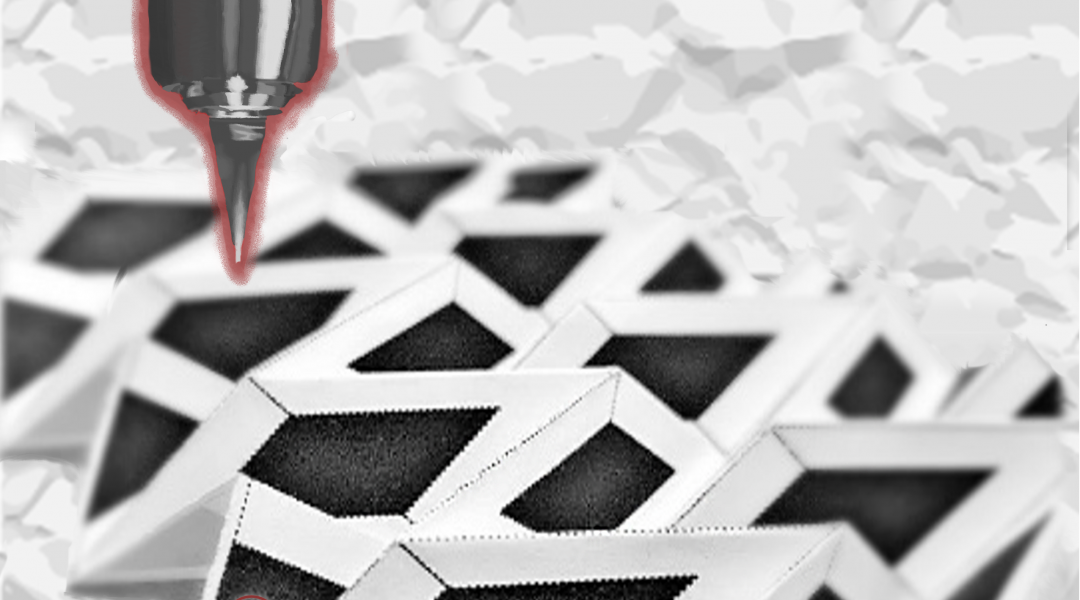
Disposable and flexible electronics made from paper could provide a cost-effective alternate to current electronic device materials.

Broadband and ultrathin infrared stealth sheets are prepared that can hide macroscopic 3D objects.
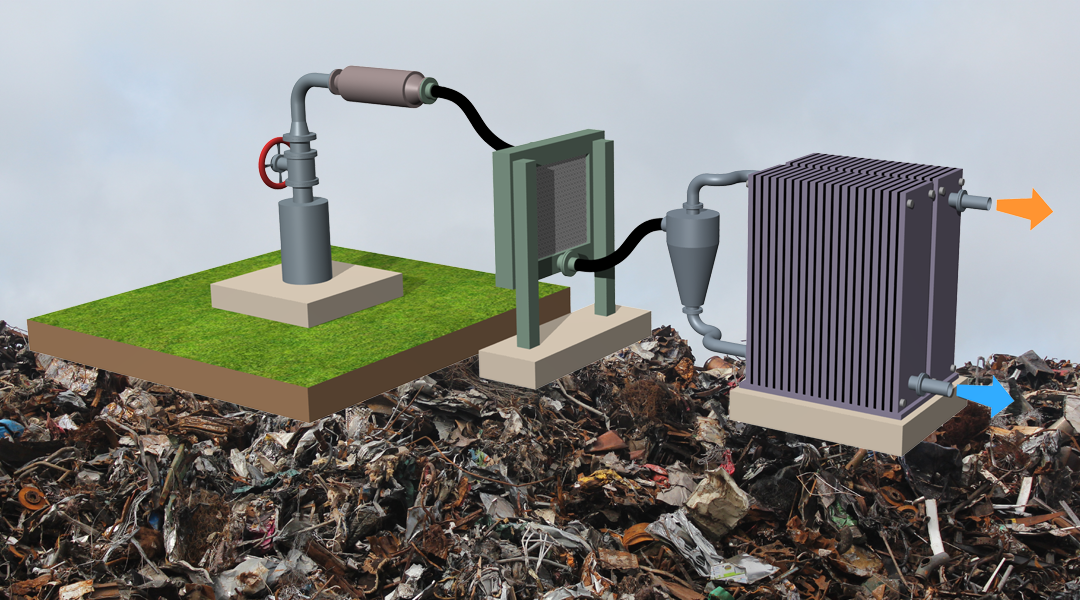
Waste carbon could displace about 10 percent of the petroleum imported by the US, while simultaneously consuming wastes that are now economically or environmentally burdensome.
![Unravelling the Cytokine Secretion Process of Single Cells with a Novel Biosensor [Video]](https://www.advancedsciencenews.com/wp-content/uploads/2018/07/smll201800698_ASN_image_3.jpg)
A nanobiosensor is developed that performs real-time analysis of single-cell cytokine secretion, enabling the development of new therapies for diseases.
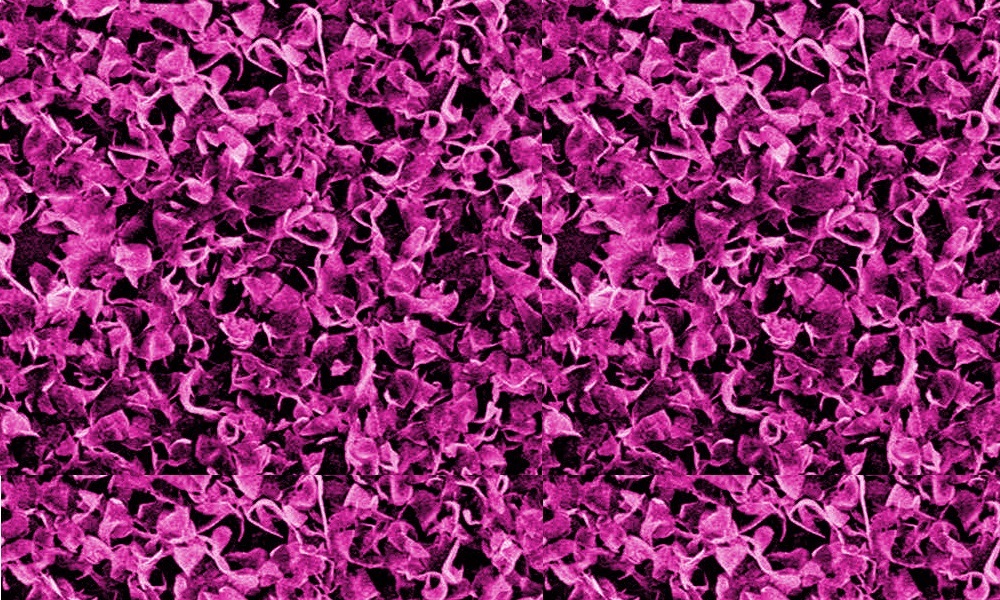
How to pick the petals from microflowers.
![Controlling Color Changes in Artificial Materials [Video]](https://www.advancedsciencenews.com/wp-content/uploads/2018/07/smll201800817_ASN_image_2.jpg)
A technique for reversibly controlling the color of materials provides insight into the color changes that occur in living organisms.
![Gold Nanoglue Enables Metallic Contact in Molybdenum Disulfide-based Devices [Video]](https://www.advancedsciencenews.com/wp-content/uploads/2018/06/smll201704526_ASN_image.png)
A gold nanoglue that improves the contact between nickel nanoparticles and molybdenum disulfide.

Bird feather microstructure exhibits an astonishing water-assisted ability of self-repair, which enables birds to replace their plumage only once per year.